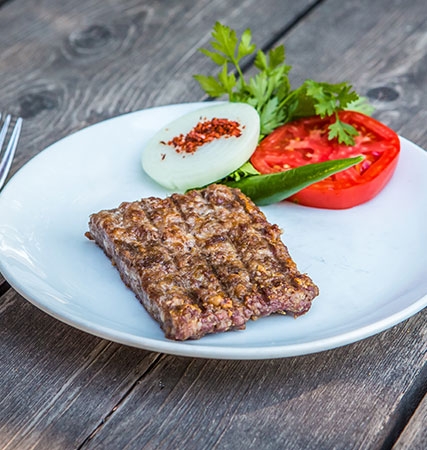 In 1969, since there was no electricity in Keşan and its surroundings, in order to preserve the slaughtered meat, the meat stripped from the bones was chopped with a cleaver, cooked in a wood fire and preserved. These cooked meats were served to the guests and when they were very much appreciated, the people doing this job decided to open workplaces to make a living. This flavor, which was previously called minced meat, was later named "Satır Meat" and has continued until today.
In 1969, since there was no electricity in Keşan and its surroundings, in order to preserve the slaughtered meat, the meat stripped from the bones was chopped with a cleaver, cooked in a wood fire and preserved. These cooked meats were served to the guests and when they were very much appreciated, the people doing this job decided to open workplaces to make a living. This flavor, which was previously called minced meat, was later named "Satır Meat" and has continued until today.
Keşan Satır Meat is made from the meat of the famous curly milk lambs of Thrace. The reason why curly lambs are preferred is that the fat of the curly lamb is distributed evenly in the body and is always of good quality in terms of flavor and edibility. The lambs for Satır Meat are selected from the villages and weigh around 40-45 kg on average. These lambs are usually between 5 months and 1 year old dairy lambs that grow in the natural environment of the Southern Thrace Region (Keşan, İpsala and Enez) and are fed with foods found in nature such as clover, thyme, barley, wheat and corn.
The distinctive feature of Keşan Satır Meat is that the meat is minced with a meat cleaver and the meat is brought to the size of a lentil grain. In addition, while preparing the product, only salt is used and no other additives are used (tail, kidney, suet, spices, bread, etc.). This is one of the most important features of Keşan Satır Et that distinguishes it from other meat products.












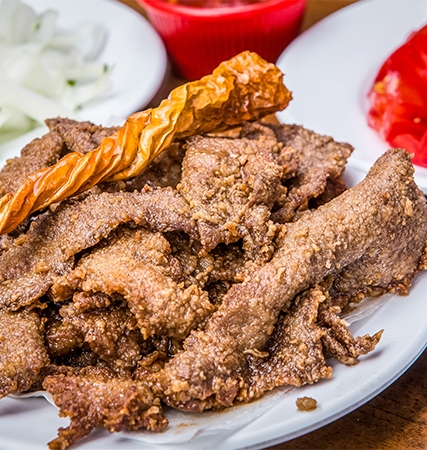 Pan liver is one of the best known and most loved flavors of Edirne cuisine. It got this name due to the deep pan in the shape of a deep bowl in which it is cooked. It is also known as "leaf liver" because the liver is chopped thinly, like paper. This flavor has been marked on Turkey's flavor map from Edirne and has given its name to a symbolic city festival.
Pan liver is one of the best known and most loved flavors of Edirne cuisine. It got this name due to the deep pan in the shape of a deep bowl in which it is cooked. It is also known as "leaf liver" because the liver is chopped thinly, like paper. This flavor has been marked on Turkey's flavor map from Edirne and has given its name to a symbolic city festival.
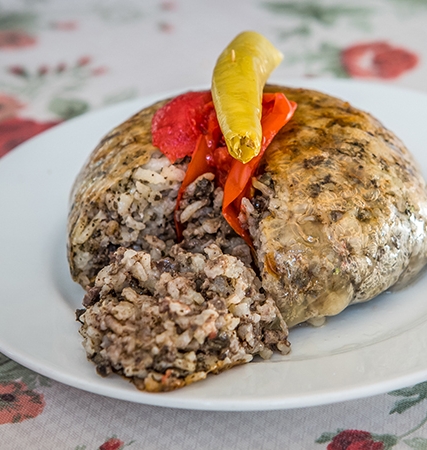 Edirne Liver Wrap is a dish prepared by wrapping lamb liver, onion, rice, currants, dill, parsley, mint, bell pistachio, olive oil, egg, salt, water and spices in a lamb shirt and cooking in the oven.
Edirne Liver Wrap is a dish prepared by wrapping lamb liver, onion, rice, currants, dill, parsley, mint, bell pistachio, olive oil, egg, salt, water and spices in a lamb shirt and cooking in the oven.
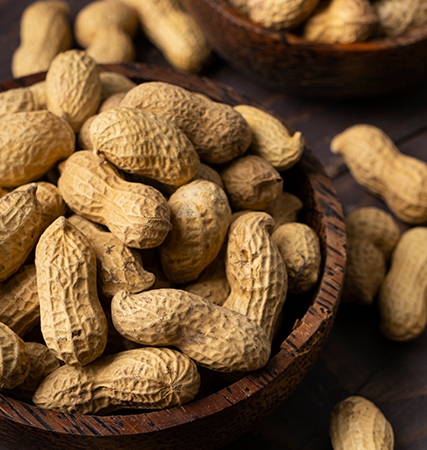 Meriç Peanut; It is a small grain (seed) structured, seed membrane is thin and red, the shell is thin and can be broken quickly, located in the legume family (Fabacea, Arachis hypogaea) grown in Meriç district of Edirne province. It is offered for sale as a snack and is also used in the oil industry.
Meriç Peanut; It is a small grain (seed) structured, seed membrane is thin and red, the shell is thin and can be broken quickly, located in the legume family (Fabacea, Arachis hypogaea) grown in Meriç district of Edirne province. It is offered for sale as a snack and is also used in the oil industry.
 In 1969, since there was no electricity in Keşan and its surroundings, in order to preserve the slaughtered meat, the meat stripped from the bones was chopped with a cleaver, cooked in a wood fire and preserved. These cooked meats were served to the guests and when they were very much appreciated, the people doing this job decided to open workplaces to make a living. This flavor, which was previously called minced meat, was later named "Satır Meat" and has continued until today.
In 1969, since there was no electricity in Keşan and its surroundings, in order to preserve the slaughtered meat, the meat stripped from the bones was chopped with a cleaver, cooked in a wood fire and preserved. These cooked meats were served to the guests and when they were very much appreciated, the people doing this job decided to open workplaces to make a living. This flavor, which was previously called minced meat, was later named "Satır Meat" and has continued until today.
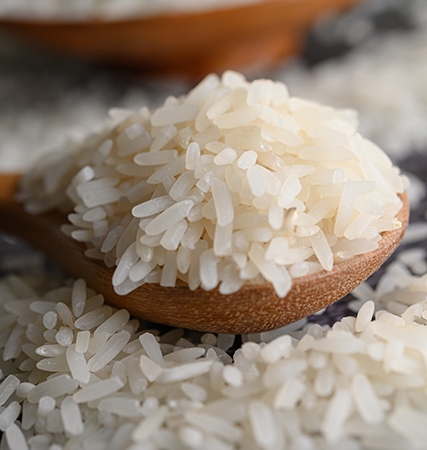 Rice obtained from paddy grown in Ipsala Plain has a coarse grain structure, glassy and dull appearance. Grain length varies between 6.2 - 7.1 mm and width between 2.6-3.1 mm. The 1000 grain weight of rice is between 24 and 32 grams. It is naturally duller and darker in appearance than rice obtained from paddy crops grown in other regions. When cooked, the rice has a different flavor and aroma. The rice products preferred by consumers in our country are rice products with long and wide grain structure, white grains, no chalky area and glassy matte appearance. If the appearance of the grains is glassy and dull, consumers are more in demand. For this reason, rice mills pack the rice crop after lightly oiling it. The oiling process does not change the properties of the product.
Rice obtained from paddy grown in Ipsala Plain has a coarse grain structure, glassy and dull appearance. Grain length varies between 6.2 - 7.1 mm and width between 2.6-3.1 mm. The 1000 grain weight of rice is between 24 and 32 grams. It is naturally duller and darker in appearance than rice obtained from paddy crops grown in other regions. When cooked, the rice has a different flavor and aroma. The rice products preferred by consumers in our country are rice products with long and wide grain structure, white grains, no chalky area and glassy matte appearance. If the appearance of the grains is glassy and dull, consumers are more in demand. For this reason, rice mills pack the rice crop after lightly oiling it. The oiling process does not change the properties of the product.
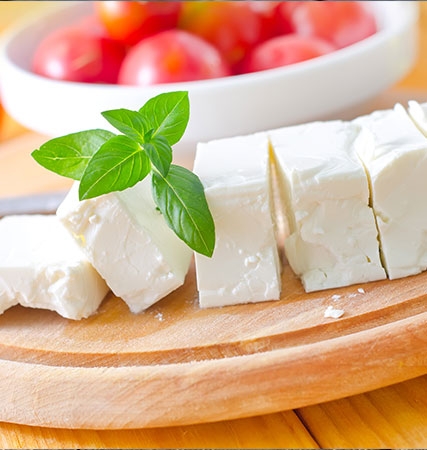 It is a type of cheese produced by pasteurizing fresh milk taken from dairy animals in Edirne Province and its districts at 65 68 0C for 20-30 minutes, coagulating it with rennet, draining the excess water, shaping it, salting it in brine and maturing it in cold storage and using only milk, rennet and salt.
It is a type of cheese produced by pasteurizing fresh milk taken from dairy animals in Edirne Province and its districts at 65 68 0C for 20-30 minutes, coagulating it with rennet, draining the excess water, shaping it, salting it in brine and maturing it in cold storage and using only milk, rennet and salt.
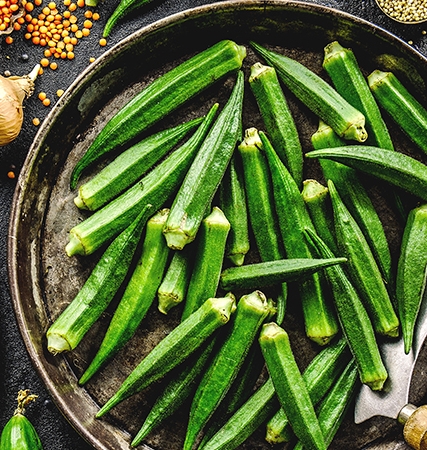 Keşan Warty Okra is obtained from the Sultani Okra variety with dark green, smooth and pentagonal fruits. The flesh is soft and very tasty. In Sultani Okra, which is a table variety, cellulosification occurs very slowly with the delay of harvest. The distinguishing features of Keşan Siğilli Okra from other okra varieties are hairlessness, small seeds and no need for irrigation.
Keşan Warty Okra is obtained from the Sultani Okra variety with dark green, smooth and pentagonal fruits. The flesh is soft and very tasty. In Sultani Okra, which is a table variety, cellulosification occurs very slowly with the delay of harvest. The distinguishing features of Keşan Siğilli Okra from other okra varieties are hairlessness, small seeds and no need for irrigation.
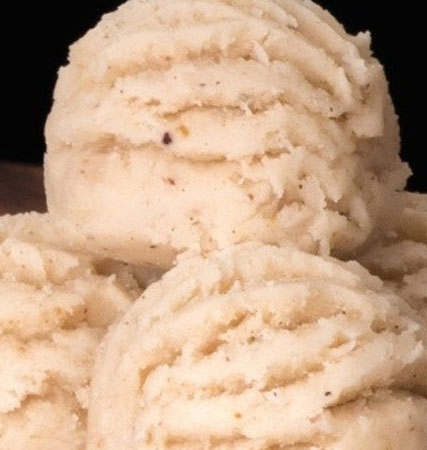 Produced with 39 different spices and ingredients, egg whites, sugar and potassium bitartrate, Deva-i Misk Halva is a product that is part of the historical heritage dating back to the years when Edirne was the capital of the Ottoman Empire.
Produced with 39 different spices and ingredients, egg whites, sugar and potassium bitartrate, Deva-i Misk Halva is a product that is part of the historical heritage dating back to the years when Edirne was the capital of the Ottoman Empire.
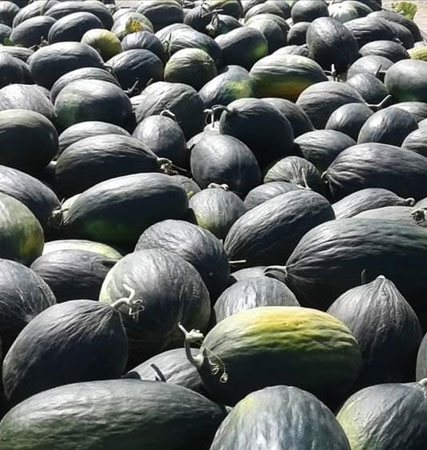 Meriç Black Melon; It is a fleshy, juicy and abundant seeded melon grown in Meriç district of Edirne province, dark green outside, orange or dark yellow inside, resistant to heat and drought, can be stored for a long time and can be consumed in winter, has a sweet and delicious aroma. The medium-sized fruits are round, with slightly pointed stalks.
Meriç Black Melon; It is a fleshy, juicy and abundant seeded melon grown in Meriç district of Edirne province, dark green outside, orange or dark yellow inside, resistant to heat and drought, can be stored for a long time and can be consumed in winter, has a sweet and delicious aroma. The medium-sized fruits are round, with slightly pointed stalks.
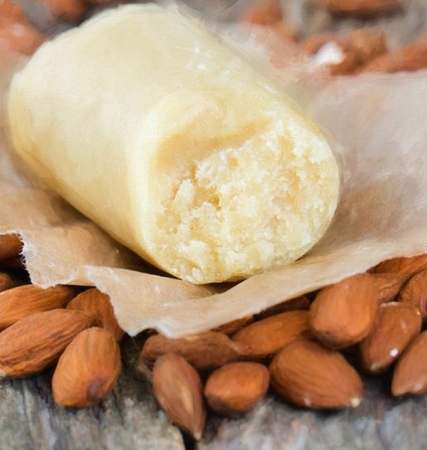 Edirne Almond Paste, which dates back to the Ottoman Palace Cuisine, is obtained by drying, grinding and mixing with sherbet the hard-shelled and plump Hacı Alibey (48-5) variety almonds that grow wild in Edirne.
Edirne Almond Paste, which dates back to the Ottoman Palace Cuisine, is obtained by drying, grinding and mixing with sherbet the hard-shelled and plump Hacı Alibey (48-5) variety almonds that grow wild in Edirne.
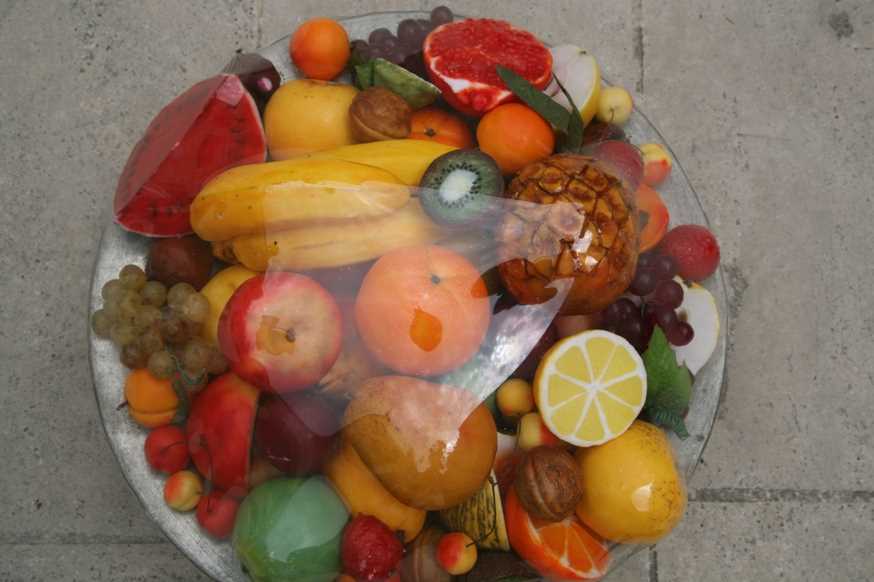 In the 17th century in the Ottoman Empire, fruit soaps were produced by mixing musk, amber and rose essence, shaping the soap to the consistency of dough in the size of fruit and dyeing it in accordance with real fruit colours. In time, fruit soaps became one of the valuable gifts presented to the Ottoman palace and local and foreign dignitaries, and fruit soap making became a very important profession in Edirne.
In the 17th century in the Ottoman Empire, fruit soaps were produced by mixing musk, amber and rose essence, shaping the soap to the consistency of dough in the size of fruit and dyeing it in accordance with real fruit colours. In time, fruit soaps became one of the valuable gifts presented to the Ottoman palace and local and foreign dignitaries, and fruit soap making became a very important profession in Edirne.

